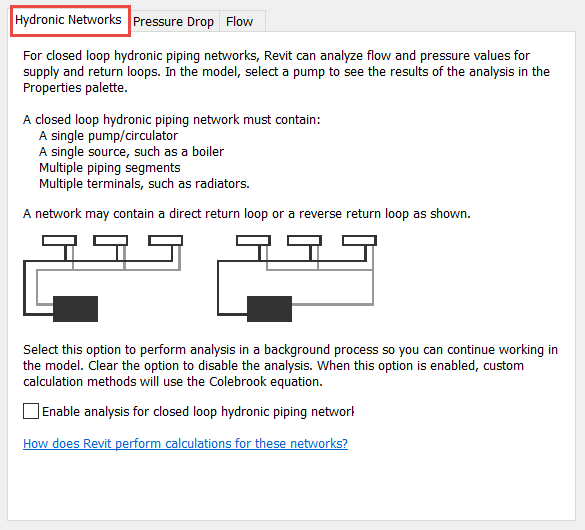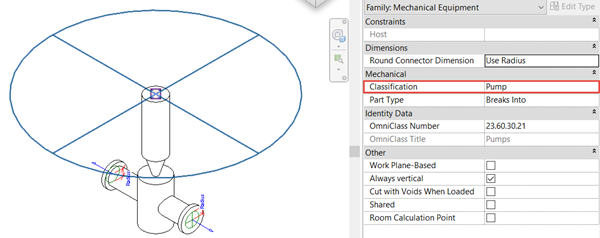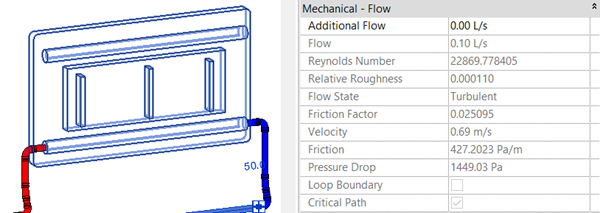Cracks in the System
Cybersecurity threats don’t always kick the door down—sometimes, they slip in through the cracks. This month, we’re spotlighting three subtle but serious security risks that could be undermining your defences right now.

I have been using Revit MEP and provide Revit MEP training for over ten years, and for most of that time when asked if it can create a flow and return piping system my answer has been no.

Consider a closed loop system made up of a boiler, a pump and several radiators. Revit will see this as two separate systems that would require a flow rate to be added to both the flow and return side of each radiator. As such we have two separate systems, and two sets of Mechanical Flow information where in reality this is a single flow and return system.
The problem we have with this arrangement is that if the flow rates were to be removed or altered on either the flow side or the return side of one or more of the radiators, there would be either no data or inconsistent data when interrogating the system pipework. In the first image below the flow rate has been removed from the return side of all radiators resulting in no values for that half of the system, but if we look at the flow side in the second image there is Mechanical Flow data.

Closed Loop Systems
The issue of treating this arrangement as a single flow and return systems in Revit MEP can be addressed using the Hydronics Networks feature, which was introduced in the 2018 release of Revit MEP. Below we see the option in Mechanical Settings to utilise the feature.

There are just two simple steps you need to take:
1. Set the system’s pump Classification to Pump in the family editor and load it back into your project.
2. From Mechanical Settings enable the option shown below.
What does our flow and return system look like now?
If we interrogate the same section of pipe as before we see that even though there is no flow rate value added to the return side of the radiator there is Mechanical Flow data in the properties.

If we look at the pump properties, we will see additional values for Calculated Flow and Calculated Pressure Drop for the complete flow and return system. Properties that were previously unavailable, without creating a pipe pressure loss report and adding the values together.

Using this feature allows you to interrogate values in your flow and return system without the need for creating reports and adding values together repeatedly. It also means that you will not have to apply separate values to both the flow and return sides of your radiators (or whatever is in your closed loop system).
If you are interested in learning how to use Revit or Revit MEP more effectively, then view our website for a list of available Revit training courses here. Alternatively contact us directly and we would be happy to discuss your specific needs with a tailored Revit training course.
Cybersecurity threats don’t always kick the door down—sometimes, they slip in through the cracks. This month, we’re spotlighting three subtle but serious security risks that could be undermining your defences right now.
As 2025 comes to a close, we’re looking back at some of the most impactful cyber threats of the year and more importantly, what they reveal about the challenges ahead. From ransomware tactics to AI-driven phishing and risky app integrations, this round-up highlights where businesses have been most vulnerable and how you can strengthen your defences in 2026.
Learn what Product Lifecycle Management (PLM) is and how it helps teams manage product data, processes, and collaboration across the lifecycle. Discover the key benefits and PLM tools driving innovation.
